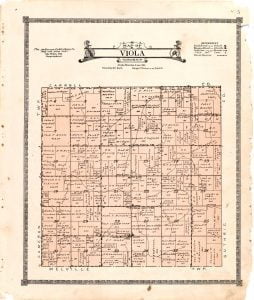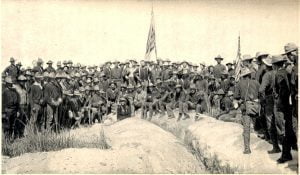Prominent White Men among the Chickasaws
At an early day a few white men of culture and of good morals, fascinated with the wild and romantic freedom and simplicity of the Chickasaw life, cast their lot among that brave and patriotic nation of people. I read an article published in Mississippi a few years ago, which stated that a man by the name of McIntosh, commissioned by British authorities to visit the Chickasaw Nation and endeavor to keep up its ancient hostility to the French, was so delighted with the customs and manners of that brave, free and hospitable people that, after the accomplishment of his mission, he … Read more








